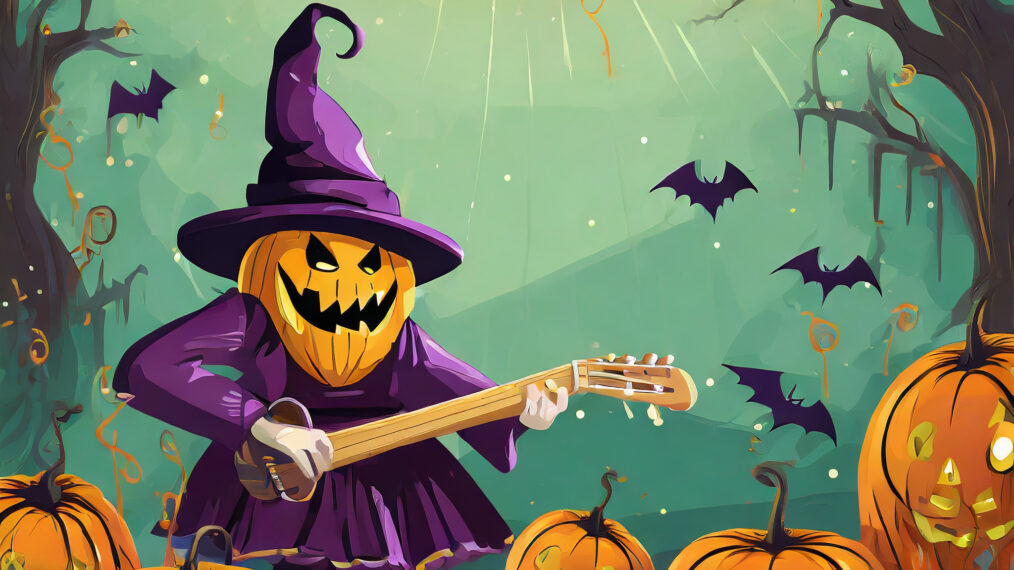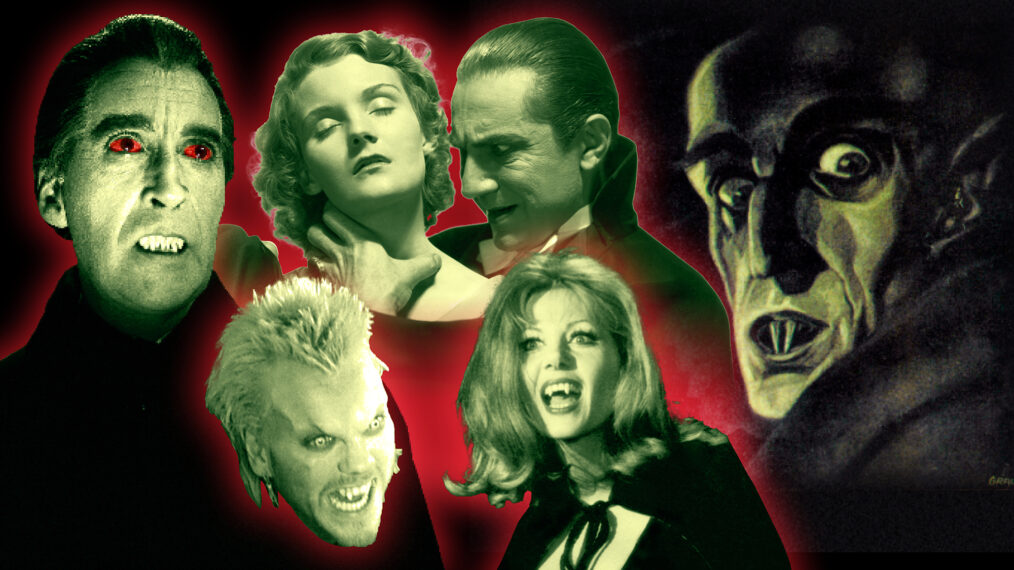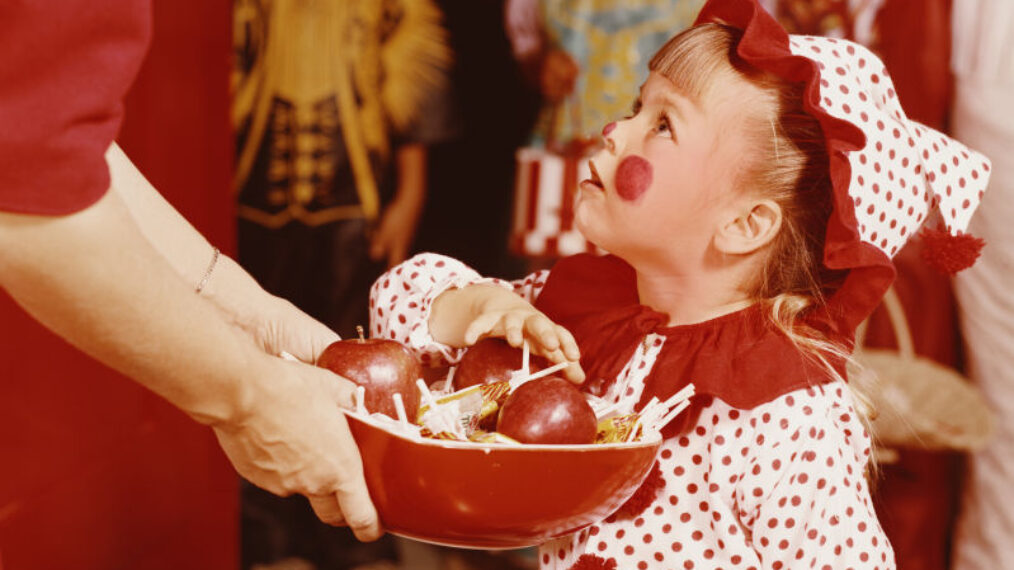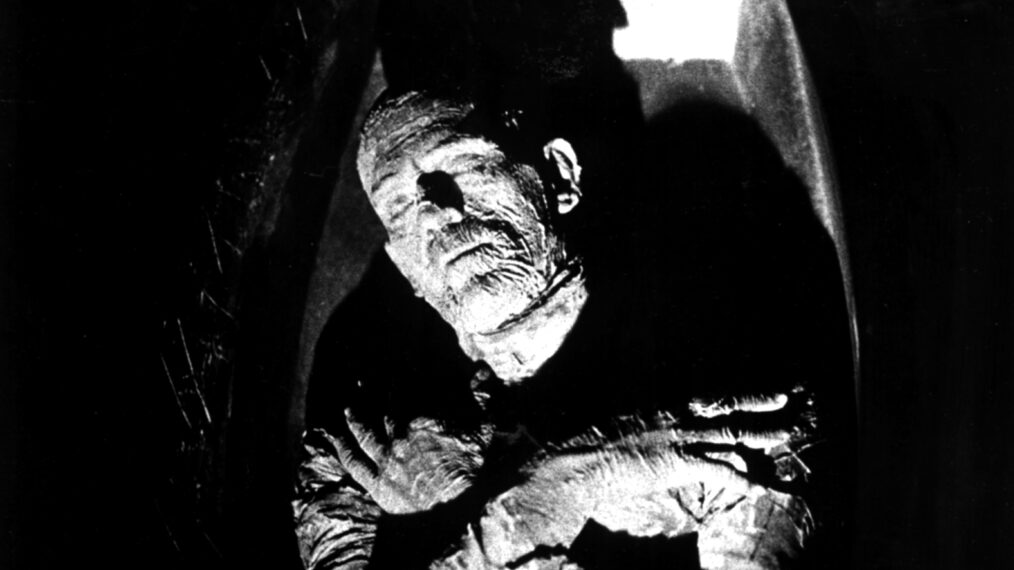Watch Young Gen Xers Learn Trick-or-Treating Safety in a 1977 Educational Film That Also Has an Unintentionally Cool ‘Grindhouse Movie’ Vibe
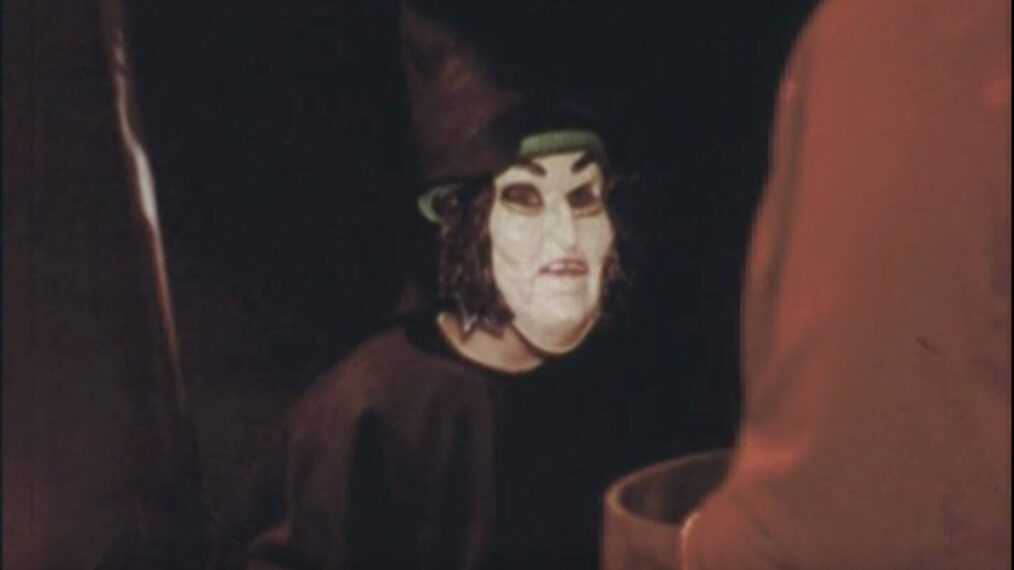
If you’re of a certain age, you’ve likely, at some point in your past, seen at least one of the many short educational and industrial 16mm films/VHS tapes that were produced for schools and companies by the long-defunct Centron Corporation between the early 1950s and late 1980s. You may have also seen a few of them, like What About Juvenile Delinquency? and Cheating, mocked on Mystery Science Theater 3000.
In 1977, Centron, with input from adviser Richard C. Clement — then chief of police in Tom’s River, New Jersey — produced a short called Halloween Safety, whose theme is pretty well explained by its title.
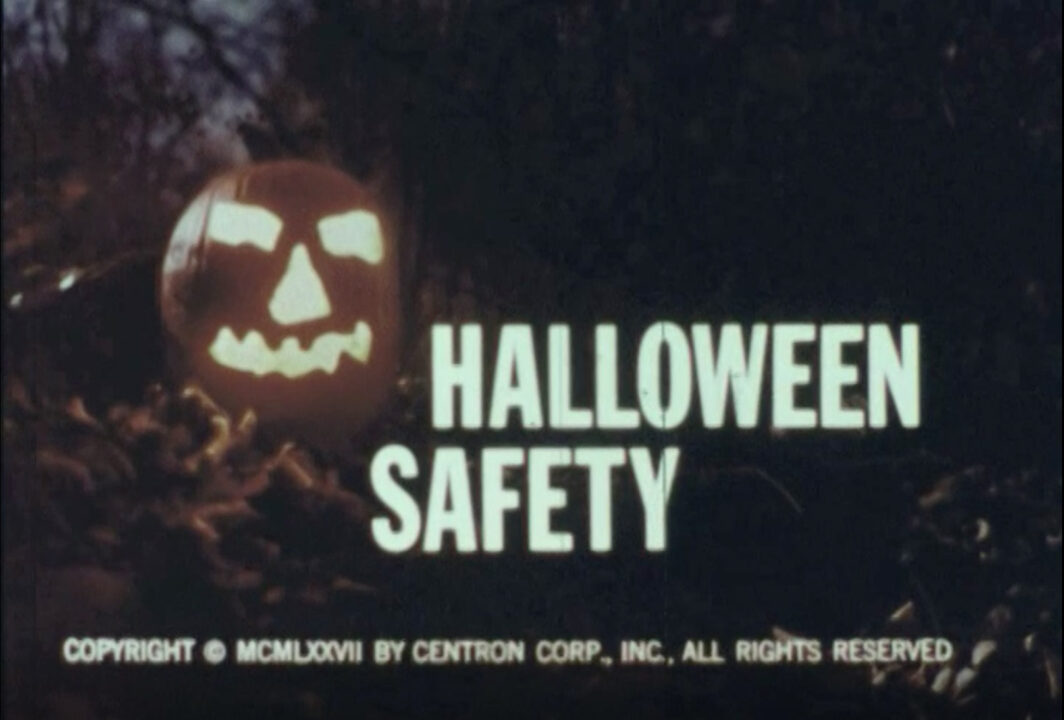
© Centron Corp., Inc./Screenshot from Internet Archive
Watching the roughly 11-minute-long film now, you can still pick up some perfectly reasonable tips for keeping kids safe while they trick-or-treat on Halloween.
But the film works even better now — for me, anyway — in a couple of other ways.
First, it’s an interesting time capsule that will likely give any Gen Xer who trick-or-treated during the late ‘70s a rush of nostalgia and memory about going out on those dark nights, often unaccompanied by parents and just with a group of friends, seeking candy.
There are also scenes with the kids, in costume, hanging out at a little Halloween get-together in some typical 1970s suburban living room, again with minimal-to-no parental supervision, as was often the case with our now frequently forgotten-about generation.
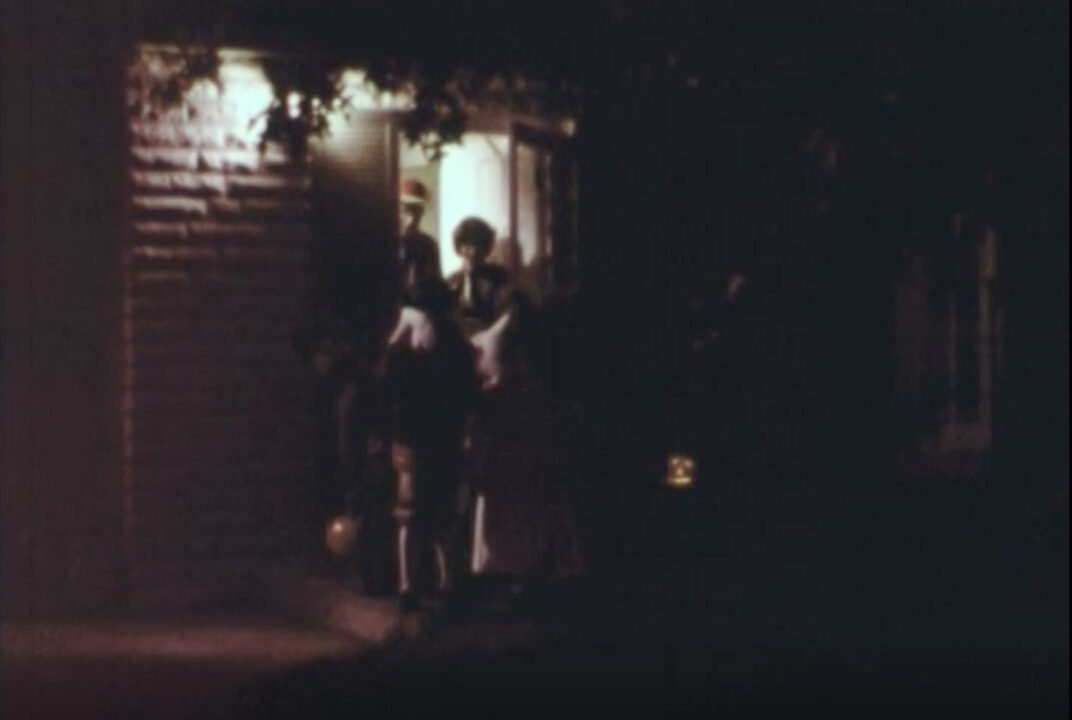
© Centron Corp., Inc./Screenshot from Internet Archive
Secondly, the film has a creepiness about its production that I’m sure was mostly unintentional, but which I find enjoyable. There likely were some things meant to instill a degree of alertness and even alarm in kids, and those are heightened by the overall nature of the movie’s production.
The lower-grade, often grainy quality of the film; the fact that it seems to have actually been shot at night, and not using a “day-for-night” technique; a few creepy camera angles; and some ominous and spooky music combine to kind of give Halloween Safety a wonderful feel of one of those “grindhouse” exploitation movies prevalent in the late ‘60s and ‘70s, or like scenes out of the recent throwback to that genre, Skinamarink, or a found-footage horror movie.
Check it out below, or at this Internet Archive link, and see if you agree:
A good part of the film follows the journey of a little girl who initially starts out dressed as the witch you can see in the photo at the top of this post. It’s a pretty cool costume, with its dark clothing set against the creepy whiteness of a spooky mask that looks like it might possess its wearer and would be right at home on the face of a slasher-movie villain.
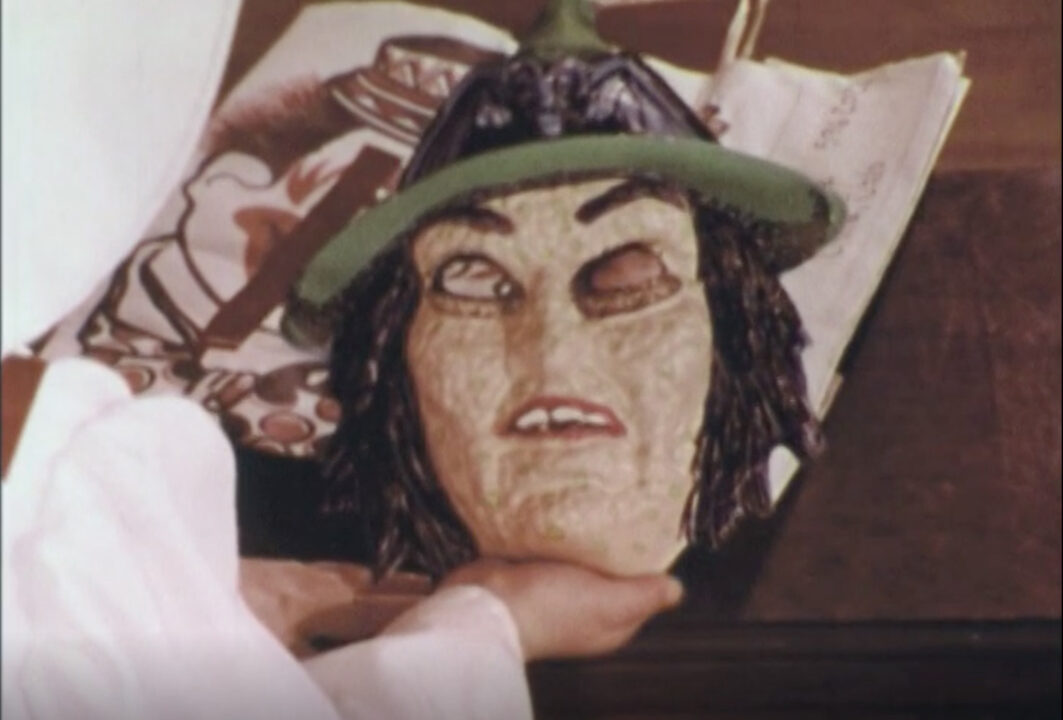
© Centron Corp., Inc./Screenshot from Internet Archive
However, Halloween Safety demonstrates just how unsafe this costume really is, in a couple of ways.
First, the narrator explains that the girl would not be able to see very well, as her vision would be limited by the mask’s eyeholes. To drive this point home, we get a view of what it would be like walking at night while peering through these eyeholes.
It’s a creepy camera angle that predates John Carpenter‘s effective use of it at the beginning of Halloween the following year; all that’s missing is some raspy breathing:
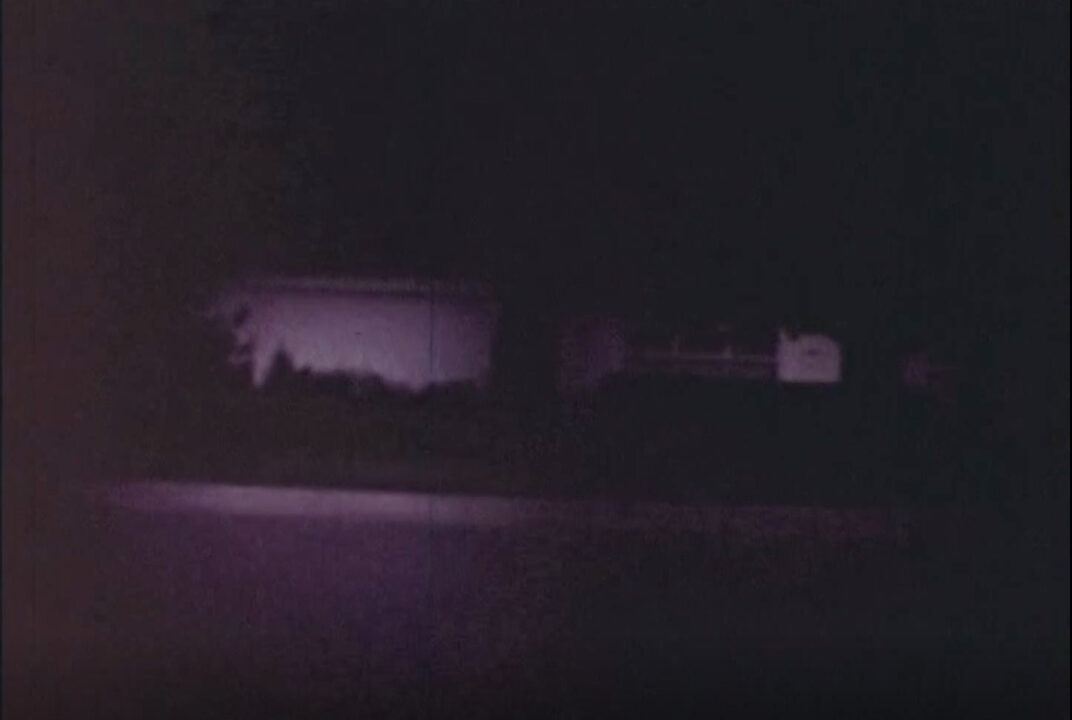
© Centron Corp., Inc./Screenshot from Internet Archive
The film also explains how the girl’s long black cape can trip her up. Between that and the mask limiting her vision, we see the girl trip and fall on streets and sidewalks a couple of times.
At one point, she even falls in front of an oncoming car. Props to her if she did her own stunts.
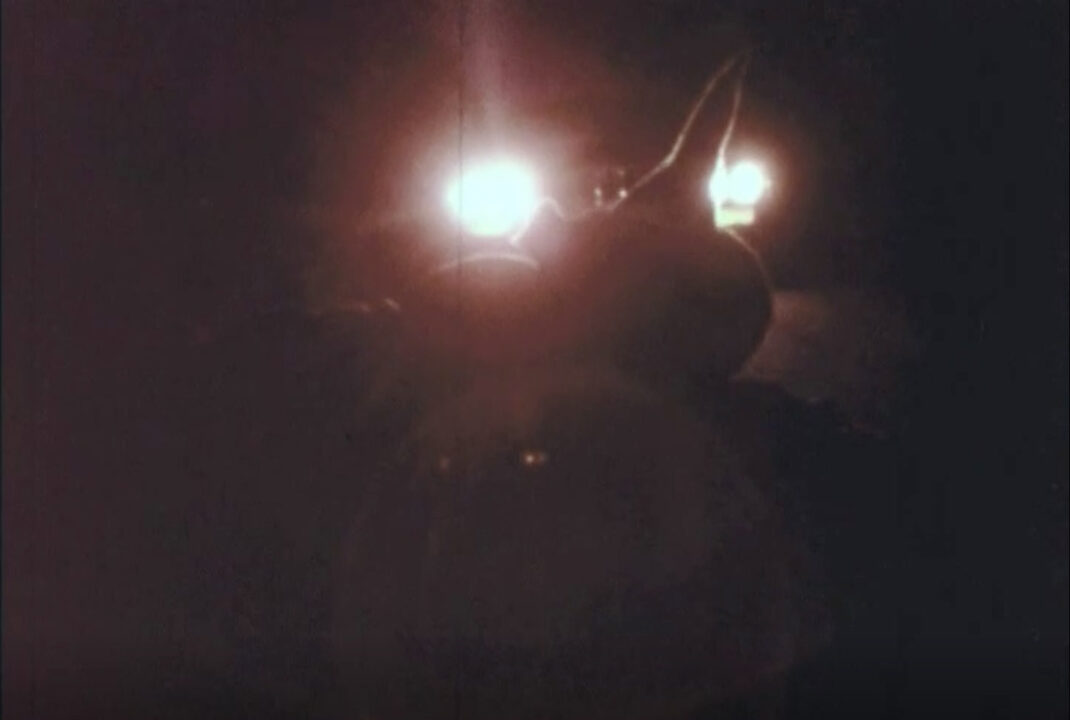
© Centron Corp. Inc./Screenshot from Internet Archive
Worst of all, that fall causes the girl to spill out all of the treats she’s gotten:
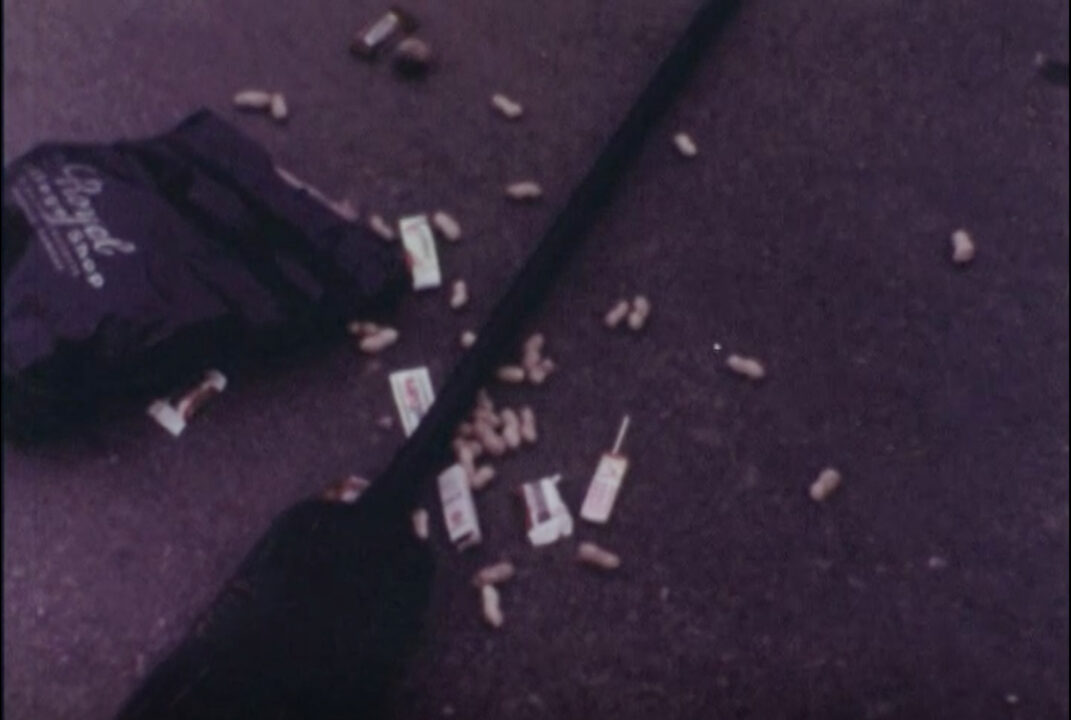
© Centron Corp., Inc./Screenshot from Internet Archive
To solve the problems with the girl’s costume, we see her mother helping design an alternate, which involves trashing the evil-looking mask, and using a more bright and reflective white outfit versus the black one. That turns the girl into more of a good witch/princess, and ends up completely changing the original concept and not being nearly as cool, but at least she seems happy with it and is theoretically safer.
Then, being a Gen Xer, the girl is kissed goodbye by her mother and sent out into the night to hook up with friends for their trick-or-treating as the mom quickly turns back around into the house, where she probably will be enjoying a few glasses of Cold Duck or Riunite on Ice with her husband.
The scenes of the kids walking the streets in their costumes and ringing doorbells certainly bring back fond memories of my trick-or-treating days over 40 years ago. Where I grew up, official trick-or-treating was always actually on Oct. 31, and in the evening, so it was nice and dark as I set out with friends. I seem to recall that it somehow always rained, as well; at least the skies are clear for the kids in this film.
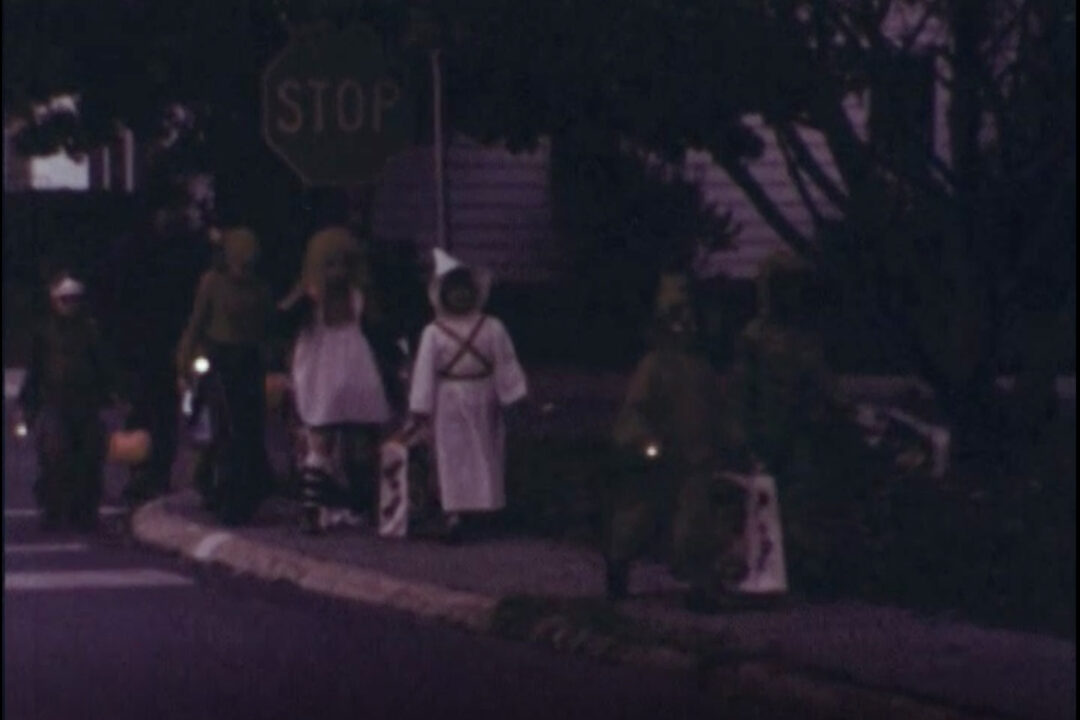
© Centron Corp., Inc./Screenshot from Internet Archive
I’m sure some of my costumes back then defied the tips offered in Halloween Safety. I can still smell the plastic of some of the monster or hero masks I wore, and their accompanying vinyl body coverings, which may have been flammable for all I know.
And, of course, my dumb actions as a kid also went against these safety tips, like the time I confidently sat on someone’s porch railing, only to fall backwards into their evergreen bushes.
When I was trick-or-treating back around the time this film was made, we would say “Trick or Treat” and then receive candy. I’m guessing there are or were regional variations on the protocol of trick-or-treating.
In Halloween Safety, for example, when a kid is on the porch, the homeowner asks him or her: “What’s your trick?” The kid then offers a joke or riddle (like “Where does Dracula keep his money? A blood bank,” a riddle that’s almost as old as Dracula himself) in exchange for a treat. That “What’s your trick?” interaction was unknown to me until watching this film, but it seems fun.
While on the subject of jokes, Halloween Safety uses that opportunity as a chance to remind us that “Some practical jokes and pranks aren’t so funny. Keep your jokes funny … and harmless.”
In other words: Avoid toilet-papering houses, leaving burning bags of dog poop on people’s porches and other such acts.
I don’t know; I think the neighbors who handed out all the weak-ass “treats” that the girl brings back in her trick-or-treating haul might be due for at least a house-egging:
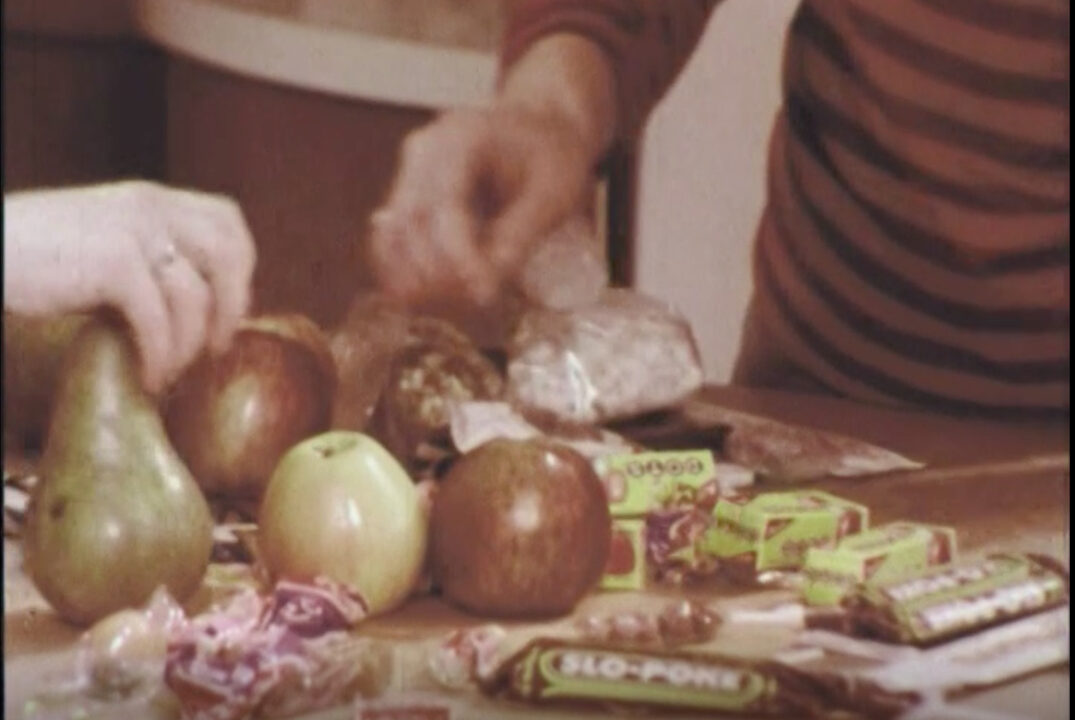
© Centron Corp., Inc./Screenshot from Internet Archive
Way too many apples here, for one thing. But that does give Halloween Safety the chance to point out how “there are a few people who will do things to hurt kids.”
The film then raises that longtime fear about how there could be sharp objects or even poison put into or on candy and apples. (While something like that may have happened in a few instances, I don’t know if it was ever actually a widespread thing and it seems like it evolved into more of an urban legend. It continues to this day, now enhanced with added warnings and fears about treats being poisoned with fentanyl.)
The mom and daughter go through the stash of treats opening candy and cutting open apples, ultimately trashing some of them (frankly, my kid-self would have just dumped those apples anyway, razor blades or not).
At the end of the film, having safely made it through their trick-or-treating excursion, the kids gather at the girl’s house for a little Halloween shindig.
Honestly, I’m a bit envious of some of the impressive-looking costumes they have on. They are better than most of what I ever wore when I was a kid.
They are certainly superior to the time, when I was 10 or 11, when I made a very half-assed and embarrassing effort at dressing up as a mummy, which just involved a bunch of sheets held together by lots of masking tape.
When I entered my school’s Halloween party and the girl I secretly liked at the time instantly burst into laughter upon seeing my costume, I wished that I could have actually hid myself away in a tomb for 3,000 years.
(DEEP SIGH) Even a film like Halloween Safety can’t prepare kids for that kind of injury.

